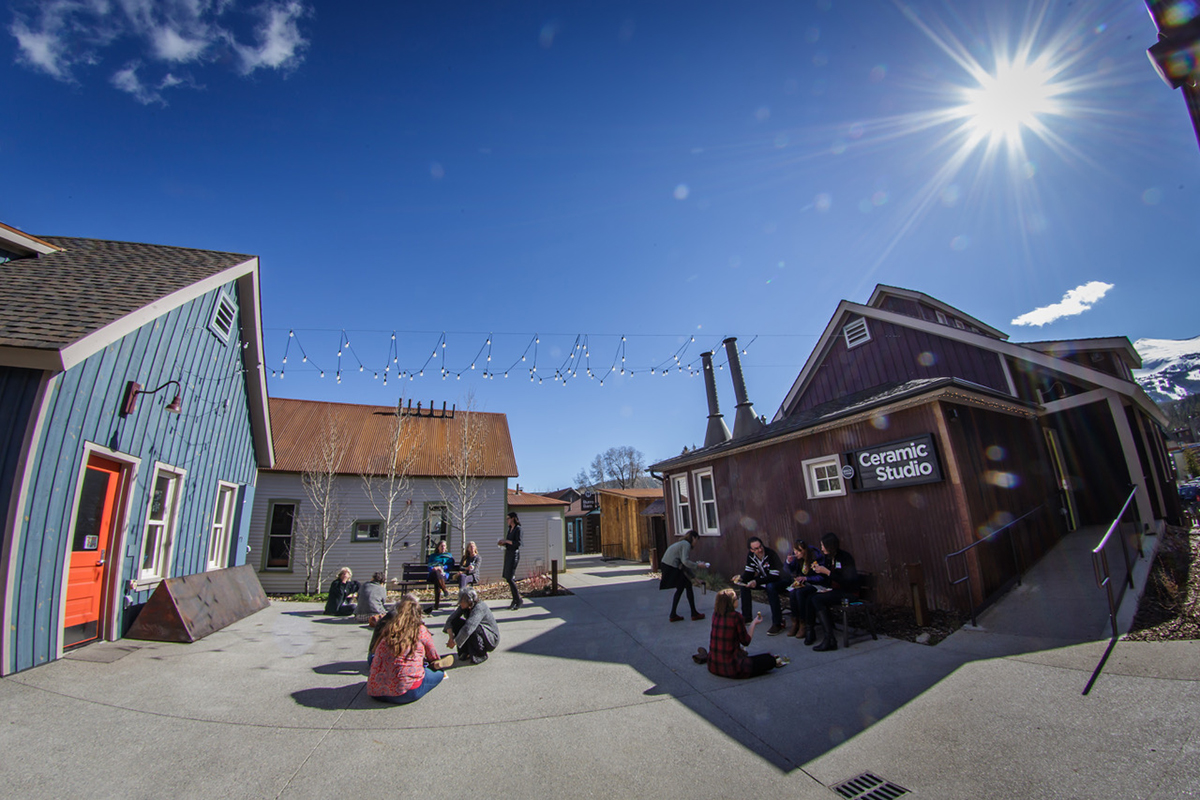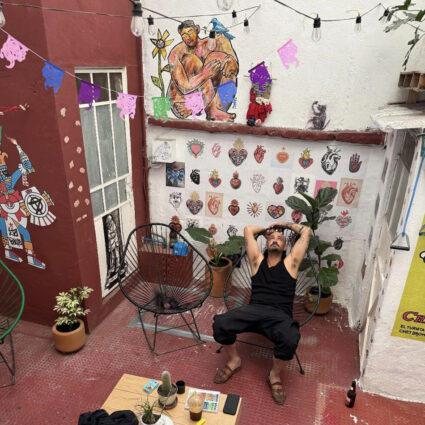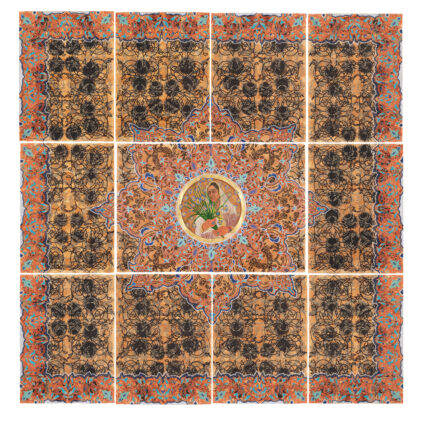At the tail end of a legislative session—and after years of stagnant arts funding—Colorado legislators approve a $16 million tax credit and $2 million in additional funding.

DENVER, CO—More space and funding for Colorado’s creative industries are on the horizon following a multimillion-dollar boost from state lawmakers during this year’s legislative session.
The FY24-25 budget dedicates $1.25 million in additional operating funds to the state’s art agency, Colorado Creative Industries—the first increase since 2013—and millions more in tax incentives were pledged to capital projects on a party-line vote in the final days of the four-month session. Democrats, who control the state House and Senate, voted in favor of the measure.
Josh Blanchard, director of CCI, says the influx of funding is an encouraging step forward after more than a decade of stagnant funding and slow recovery following the pandemic. Currently, the organization relies on an appropriation of gaming revenue, which has been set at a flat $2 million per year.
“This additional [funding] will enable CCI to better meet current demands for existing programming and leveraging federal dollars,” Blanchard says. “This is a more than 50 percent increase compared to CCI’s current level of state funding.”
CCI estimates that creative industries generate more than $16.9 billion for the state economy each year, which equates to about 4% of the economy and contributes over 100,000 jobs—more than mining or agriculture.
Still, Colorado currently ranks forty-fifth nationally in arts funding, and creative industries continue to find their footing after the COVID-19 pandemic wreaked havoc on revenue.
“Creative industries are not back to pre-pandemic levels,” Blanchard says. “What this means is that engagement is different. The ways in which Coloradans participate in the arts are different. Ticketing trends, local philanthropy, and investment in the arts [have] changed. We also know that we’re experiencing significant inflation, and the cost of labor and the cost of wages [are increasing]. This, of course, impacts the creative sector as well.”
CCI has also felt that pinch. In 2020, the organization stopped certifying creative districts, which generate millions in revenue each year, because of deficient funding. An additional one-time $500,000 commitment lawmakers made this year will allow Blanchard and his staff to continue supporting the thirty existing districts and adding more. Blanchard says there are eight more communities across the state ready to designate a creative district, and many more that have expressed interest.
“Creative districts are important because they allow communities to come together,” he says. “They really serve as a catalyst to bring local government, local nonprofits, education institutions, small businesses, and large businesses together. [These districts] also help small businesses in other ways. Local retailers, restaurants, coffee shops, and more—many of which are located in historic districts or main streets—are elevated, too.”
Those districts could see the addition of new infrastructure via a new tax credit totaling $16 million for capital projects that support creative industries across the state. The credit, which covers 25% of a project’s eligible expenses, means that the state could expect to see multiple major projects beginning in 2026. The tax credit runs until 2032 and will have to be reauthorized by lawmakers.
Rep. Brianna Titone, one of the legislation sponsors, envisions the tax credit mechanism enticing developers to incorporate artist housing into their projects.
“We’re not just creating the place where the art [is produced] but actually thinking a lot about the needs of the people producing it,” she says.
In 2015, Trinidad, a town of just 8,000 residents along the Colorado-New Mexico border, was the first in the state to take on such an endeavor through CCI’s Space to Create program, the first state-led initiative in the nation that focuses on affordable artist housing in rural areas. The project comprises forty-one residential units and 20,000 square feet of community space.
Space to Create sites are underway in the towns of Ridgway, Grand Lake, and Salida.
“This legislation is rewarding for me because in a couple of years, when these projects are realized, I can get in my car and drive across the state to visit the wonderful new places we have,” says Titone, who represents a Denver suburb. “I get to stop in at the theater that is now the centerpiece of the downtown in a small town in Colorado or whatever it is they end up producing. It’s such a reward for all of Colorado.”



